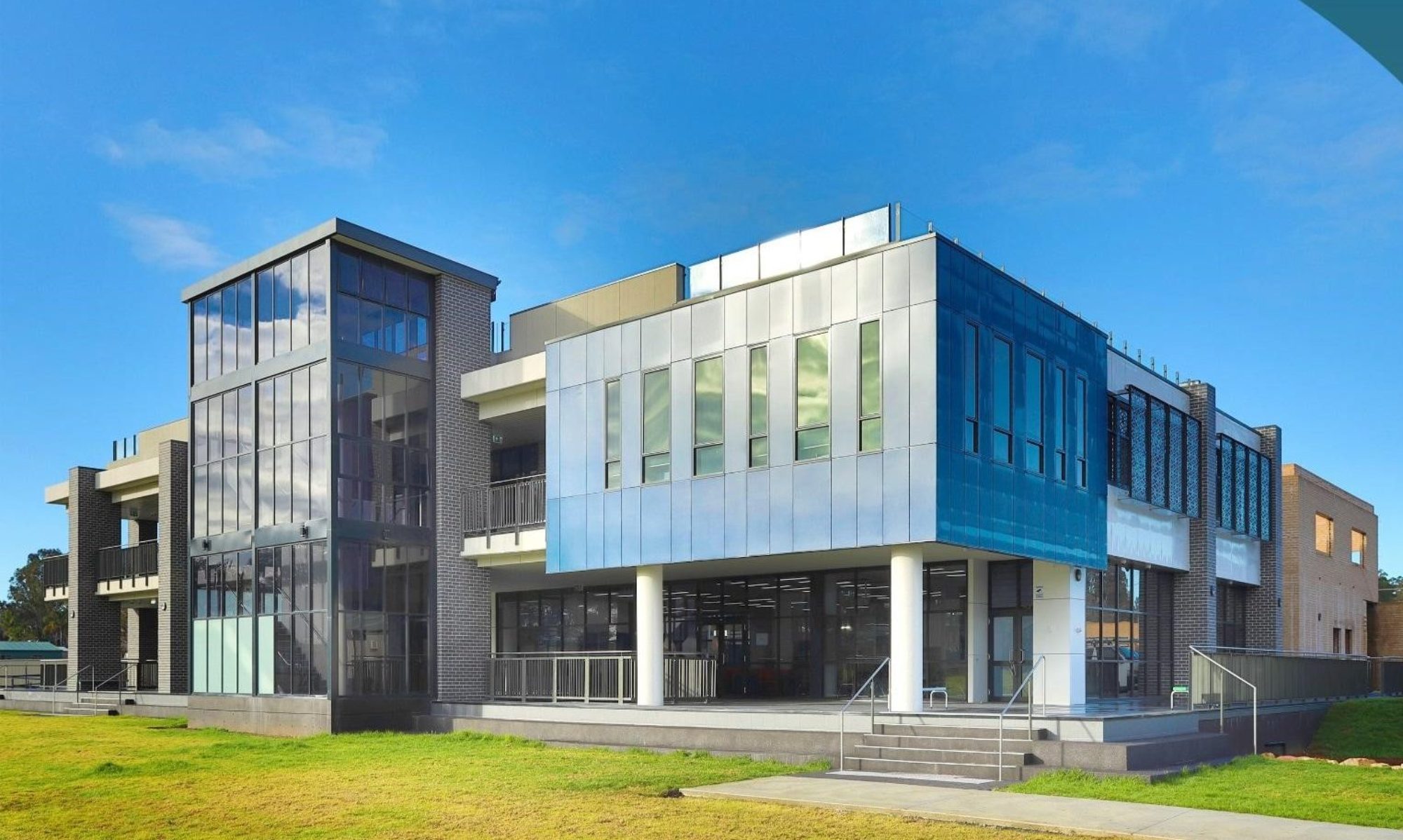You may already have a spare laptop or 2-in-1 device that you can provide for your child/ren. This is very common, but when providing a pre-used device ensure that it is still in good functional condition, the battery is able to hold a solid charge and the device will not likely experience quirks or fail due to an existing issue.
As a rule, any Apple MacBook or Windows Ultrabook made within the last few years should be OK, provided they meet the minimum requirements and are in functional condition.
It is wise to buy an additional warranty and/or insurance policy on the laptop to ensure your child/ren is not without if it is being repaired. More information about warranty, insurances and the differences between them can be found on the Repair Strategy page.
Upgrading to provide an extra boost
If you have a device that meets most of the requirements, or if you want to just give it a performance boost, here are three cheap ways to increase its performance.
1. Install a Solid-State Hard Drive (SSD)
Older laptops typically had a style of hard disk drive (HDD) that use mechanical parts and spinning discs to store data. Solid State Drives (SSD) have no moving parts and, in conjunction with other technical feats, are significantly faster than conventional HDD technology. SSD is the type of memory used in USB sticks, smartphones and most new devices.
They are also available in component form that is compatible with older equipment. Adding an SSD to a laptop is the most cost-effective way to breathe new life into an older device as most of the system ‘slowness’ is overcome by a super-fast SSD.
As an indication a 240GB SSD will cost approx. $70. Installation can usually be done by yourself (YouTube is a great source of tutorials), but take care and if you’re not sure, stop! Take it to a computer shop, although they will charge for the service.
Once you’ve installed the SSD, in most cases you’ll need to do a fresh install of your operating system.
2. Perform a fresh install of the Operating System
Often an operating system like OSX or Windows can show their age over time if applications are installed and removed, files build up, or viruses either are present or leave relics when removed.
After a while the device slows down and just isn’t as responsive. A good solution is to perform a fresh install of the operating system. Before starting make sure your files are backed up.
If you have Windows, if your device came with a Windows licence you can follow these instructions to re-install . Another option is to use the DVD or USB memory stick with your device that contains the Windows installer. If you don’t have the installer, get in touch with the vendor you originally purchased it from.
If you have MacOS, follow these instructions on how to re-install , or visit an Apple Store for assistance.
3. Add extra Random-Access Memory (RAM)
RAM is the component that is responsible for short term memory. The more RAM your computer has, the more concurrent tasks it can keep in memory and overall makes the system perform faster. But before upgrading RAM, always upgrade your HDD to an SSD drive first as this will provide the biggest performance improvement.
Like the
SSD it is easy to upgrade RAM, but you do still need to exercise care and
caution. When in doubt, google it.

